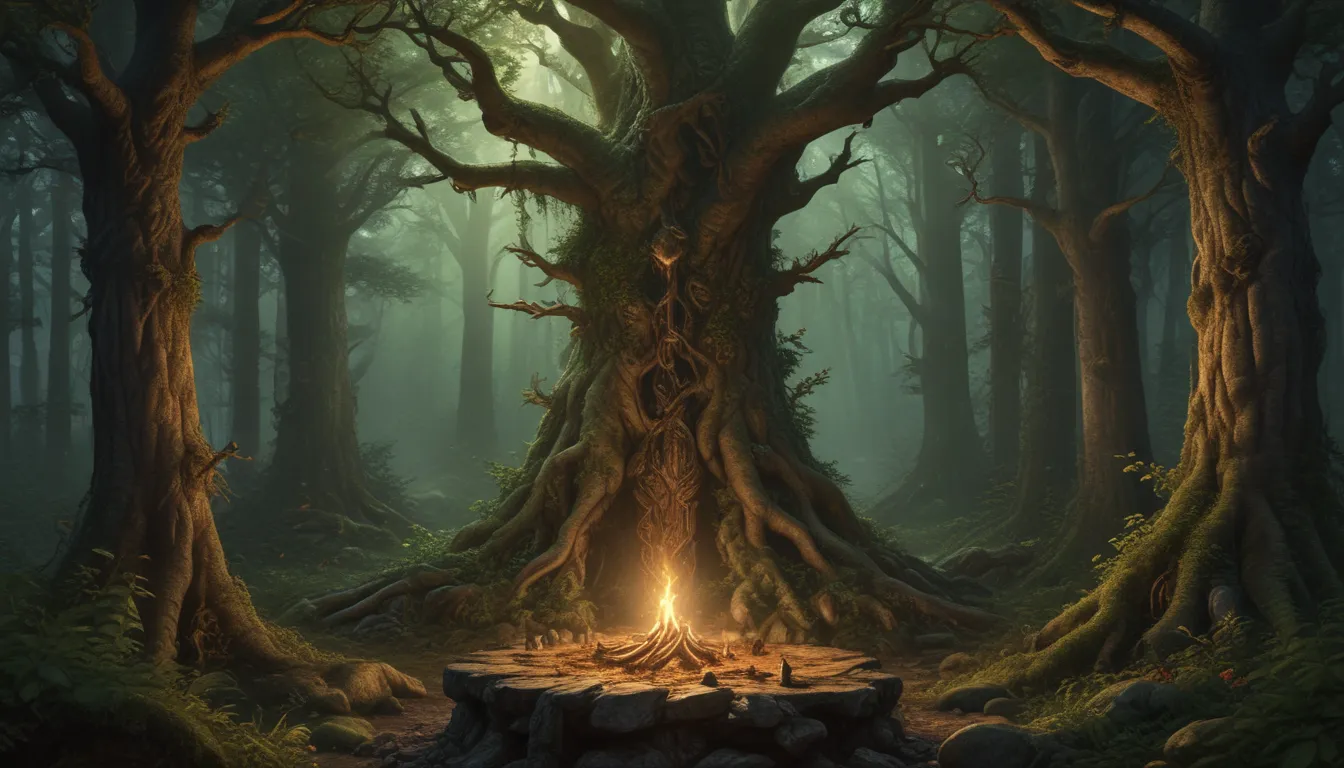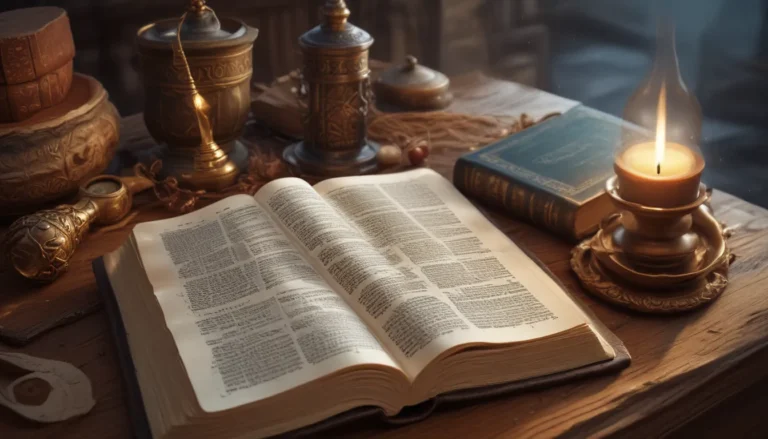The images in our articles may not match the content exactly. They are used to grab your attention, not to show the exact details in the text. The images complement the text but do not replace it.
Welcome to the enchanting world of Druidry, an ancient spiritual practice deeply rooted in Celtic culture and wisdom. In this article, we will delve into the rich history, beliefs, rituals, and influence of Druidry, offering you valuable insights into this mystical and nature-centered path. Whether you are new to Druidry or have a keen interest in ancient wisdom, this guide will provide you with a deeper understanding of this fascinating spiritual tradition.
Unveiling the Origins of Druidry
Druidry traces its origins back to the ancient Celtic cultures of Europe, flourishing primarily in Ireland, Scotland, and Wales. This ancient spiritual tradition emphasizes the importance of nature, celestial observations, and ethical virtues in guiding one’s spiritual path.
Discovering the Ancient Priests: The Druids
The Druids were the learned class among the ancient Celts, serving as priests, philosophers, judges, and advisors to their communities. They held a deep reverence for nature and practiced rituals that honored the land, trees, and animals.
Embracing the Wisdom of Nature
Druids believed in the interconnectedness of all living beings and sought to live in harmony with the natural world. They conducted precise observations of celestial events, such as solstices and equinoxes, to determine the timing of agricultural activities and religious ceremonies.
Exploring Sacred Sites and Rituals
Druids considered certain sites, like stone circles and sacred groves, to be imbued with spiritual energy. These places served as gathering points for rituals, ceremonies, and celebrations that honored deities, marked significant life events, and celebrated the turning of seasons.
Upholding Virtues and Beliefs
Druids followed a code of ethics that emphasized virtues such as wisdom, integrity, honor, and respect. They believed in the concept of reincarnation, viewing death as a natural part of the life cycle and embracing an afterlife.
The Role of Women in Druidry
Contrary to many other ancient societies, Druidry allowed women to hold positions of power and influence. Women could become Druids, priestesses, and leaders within their communities, showcasing the inclusive nature of this spiritual tradition.
The Decline and Revival of Druidry
With the spread of Christianity in Celtic lands, Druidry began to decline as pagan traditions were suppressed. However, in the 18th and 19th centuries, there was a resurgence of interest in ancient Celtic traditions, leading to a revival of Druidic practices and the establishment of modern Druid orders.
Embracing the Path of Druidry
By embracing the principles of Druidry, individuals can cultivate a strong connection to the earth, foster a sense of community, and tap into the wisdom of the past. Whether it’s through observing the changing seasons, honoring the cycles of life and death, or participating in sacred ceremonies, Druidry offers a pathway to personal growth, self-discovery, and a deeper sense of belonging.
Frequently Asked Questions About Druidry
-
What is Druidry?
Druidry is a modern spiritual practice that draws inspiration from the ancient Celtic priests, emphasizing a deep connection to nature, ancestors, and the divine. -
Is Druidry a religion?
Druidry can be seen as both a spiritual practice and a religion, adapting to the beliefs and traditions of each practitioner while focusing on nature-centered spirituality. -
Are Druids pagans?
Druids are often associated with pagan beliefs due to their reverence for nature, but not all Druids identify as pagans, showcasing the diversity of beliefs within the Druidic community. -
Do Druids worship specific deities?
Druids have a diverse range of beliefs regarding deities, with some worshipping specific gods and goddesses from Celtic mythology while others revere nature spirits or ancestral figures. -
How does one become a Druid?
Becoming a Druid is a personal journey that involves studying Druidry, connecting with nature, and incorporating Druidic rituals and practices into one’s life, whether through established orders or solitary exploration. -
Can anyone practice Druidry?
Yes, Druidry is a welcoming and inclusive spiritual path that embraces individuals from all walks of life, fostering a connection with nature and exploring Celtic wisdom.
In conclusion, Druidry offers a unique and transformative spiritual experience, connecting individuals to nature, ancestors, and the divine. By embracing this ancient tradition, one can embark on a journey of self-discovery, personal growth, and a greater sense of belonging to the natural world. Explore the enchanting world of Druidry and unlock the mysteries of this ancient spiritual path.






